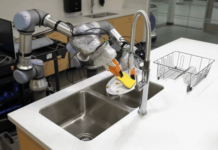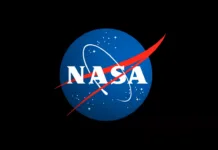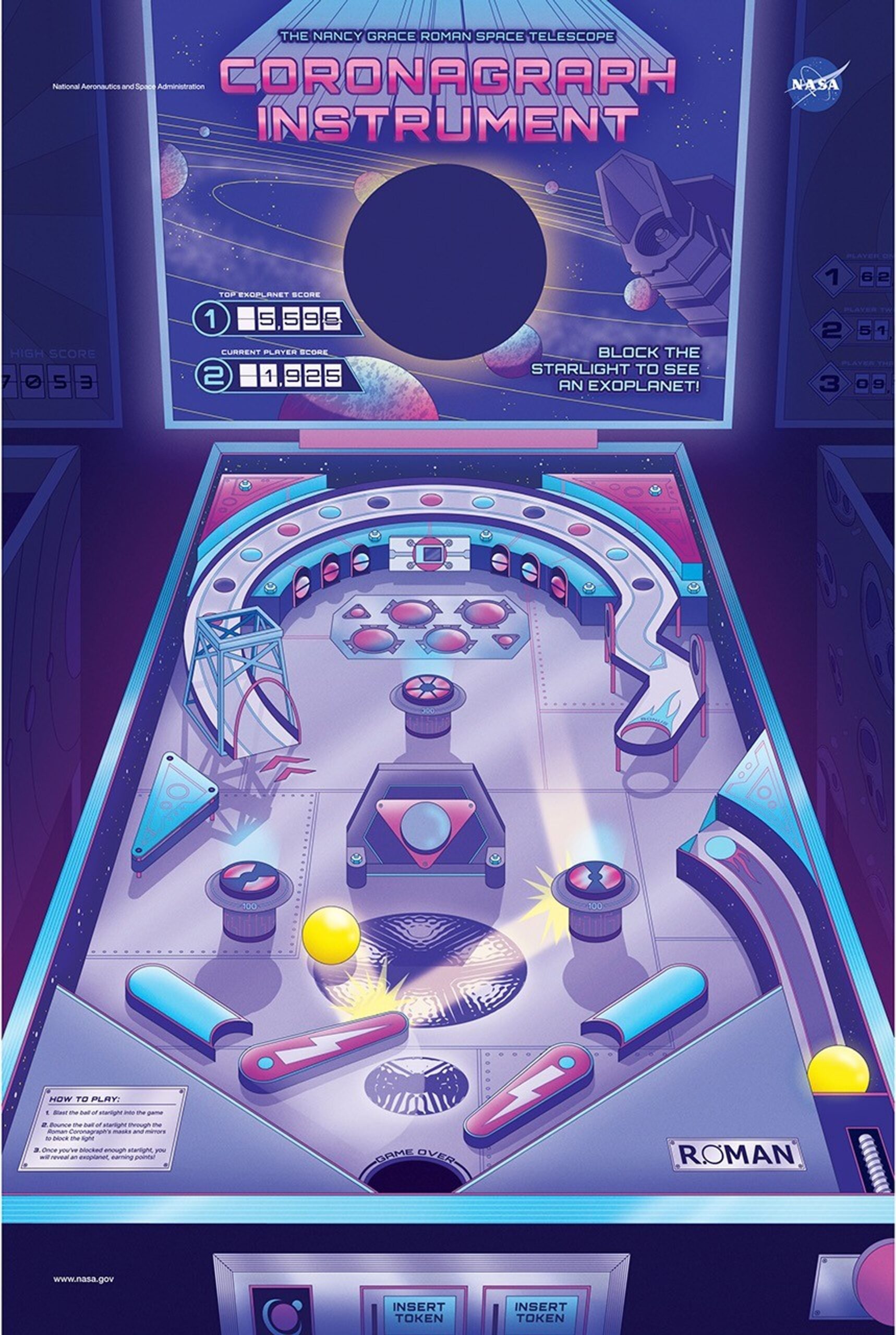Exploring the Capabilities of the Roman Coronagraph Instrument
The Roman Coronagraph Instrument represents a significant advancement in the field of space observation, offering a new window into the cosmos by enhancing our ability to study celestial bodies. This sophisticated tool is designed to revolutionize the way astronomers observe planets located near bright stars. To understand its impact, let’s delve into the workings of this innovative technology, its potential applications, and the broader implications for astronomy.
Understanding the Basics of Coronagraphs
Coronagraphs are specialized instruments designed to block out the overwhelming light emitted by bright objects such as stars, making it possible for astronomers to observe dimmer objects nearby, like planets. This is akin to blocking the sun with your hand to better see something in the distance. By reducing the glare from a star, coronagraphs allow researchers to detect and study planets orbiting around it, which would otherwise be obscured by the star’s brightness.
The Roman Coronagraph Instrument: A Leap Forward
The Roman Coronagraph Instrument is poised to set a new standard in space-based observation technology. This device employs a unique combination of cutting-edge technologies to achieve its objectives. These include:
- Deformable Mirrors: These mirrors can adjust their shape to correct for distortions in the incoming light. This helps in creating a clearer and more accurate image of the targeted celestial object.
- Masks: These are used to block out the direct light from the star, allowing the light from the surrounding objects, such as planets, to be observed with greater clarity.
- High-Precision Cameras: These cameras are designed to capture detailed images of faint objects in space, operating with an exceptional level of sensitivity and resolution.
- Active Wavefront Sensing and Control: This technology actively measures and corrects the distortions in the light waves as they enter the instrument, ensuring the highest quality of data is collected.
Together, these technologies enable the Roman Coronagraph to detect planets that are 100 million times fainter than their host stars. This level of sensitivity is 100 to 1,000 times greater than what current space-based coronagraphs can achieve.
Direct Imaging of Exoplanets
One of the most exciting capabilities of the Roman Coronagraph Instrument is its ability to directly image planets that reflect starlight. It can capture images of planets similar in size, temperature, and distance from their parent star as Jupiter is to our Sun. This capability opens up new possibilities for the study of exoplanets, which are planets located outside our solar system.
Implications for Astronomy
The Roman Coronagraph Instrument’s advanced capabilities have significant implications for the field of astronomy. By enabling the direct observation of distant planets, this instrument will provide valuable data that can help answer fundamental questions about the formation and evolution of planetary systems. It may also aid in identifying potentially habitable planets by examining their atmospheres and surface conditions.
Moreover, this instrument will contribute to our understanding of the distribution of planets in our galaxy, helping scientists to better estimate the number of planets that might exist in the Milky Way.
Good to Know: Technological Marvels
The Roman Coronagraph Instrument’s design is a testament to human ingenuity and the relentless pursuit of knowledge. Its use of deformable mirrors and active wavefront sensing is particularly noteworthy. These technologies are not only crucial for space exploration but also have applications in other fields, such as improving the quality of images in telescopes used for Earth-based astronomy and enhancing the precision of optical systems in other scientific and industrial settings.
Community and Expert Reactions
The scientific community has expressed great enthusiasm for the Roman Coronagraph Instrument. Researchers and astronomers are eager to see the new insights it will bring and the potential discoveries it will enable. The instrument is expected to pave the way for future missions and inspire the development of even more advanced technologies for space exploration.
Conclusion
The Roman Coronagraph Instrument represents a monumental step forward in our quest to understand the universe. By allowing us to observe planets that were previously hidden behind the glare of their stars, it promises to unlock new knowledge about the cosmos and our place within it. As we stand on the cusp of these discoveries, the anticipation within the scientific community is palpable, signaling a bright future for the exploration of space.
For more Information, Refer to this article.


































